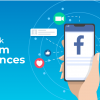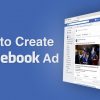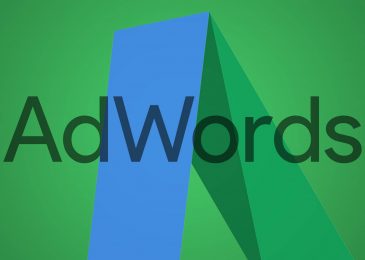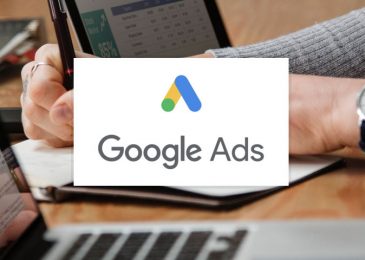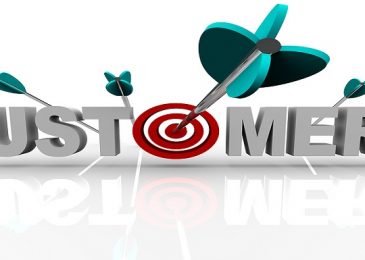Once you’ve identified the right keywords for your AdWords campaigns, how do you make the most of them? Whether you’re a PPC management agency or a local business, you’ll want to drive your Quality Score up, create value through your offers, and get people clicking!
Here, I’ll discuss eight essential pieces to maximize the value of your AdWords keywords
1. Use the keyword in your ad
Yes, this may seem obvious, but the truth is that many people don’t include the keyword within every single ad. It can be easy to get lazy with ad copy, and not create ads that will appeal to individuals using specific search queries. But if a searcher is looking for the “best 4 person tent,” then the ad should say “best 4 person tent(s)” right in the headline.
Why? Because the user is far more likely to click on the ad, and Google will see the ad as more relevant. This means your click-through rates will go up, your Quality Score will go up and, therefore, you are more likely to significantly reduce your cost per conversion.

How to implement this?
Do an ad copy audit. With larger accounts, this may be time-consuming, but check the keywords in each of your ad groups, take a look at how many keywords are in each group. If the keywords differ from the text of the ad, it may be a good bet to create a new ad group for some of the keywords. Check the Quality Scores – if some of the keywords are in the 7-8 range and others drop off, then that is a good indicator a new ad group could be valuable.
2. Get segmented
In order to follow the above advice, you are going to need to organize your AdWords account nicely. That means you’ll want segmented campaigns and ad groups that may only vary by small keywords. Debating between “2 person tents” and “ultralight tents”? Make two different ad groups.

You may say, “Well why not use dynamic keyword insertion and save tons of time?” It isn’t a bad idea, and many would say it is the perfect solution for scenarios like this. In my experience, taking the time to separate ad groups is more effective at dropping CPC (cost-per-click) and improving your conversion rates. It is also a lot easier to analyze what keywords are outperforming others.
How many keywords should you have per ad group?
The more segmented you get, the better off you’ll be. One keyword per ad group (also known as a SKAG) may not always be feasible, but it is ideal. With high-volume keywords that are also high-value to your company, it is a good idea to tailor your message as much as possible to your keywords, and that sometimes means one keyword is your best option.
3. Customize your landing page
Want high Quality Scores? Create a good landing page template, duplicate it, and just modify your keyword usage for the slight changes in ad groups. Be sure to hit different pain points if you will be targeting a different audience.
Again, this will help your Quality Score by improving Google’s perception of your page. It will also improve bounce rates and time on page. This is often a simple process with most content management systems. You can duplicate the page and the form and just simply adjust copy.
Adjusting the copy to identify key features that would stand out, or that touch on a specific pain-point of an individual, can increase conversion rates significantly.

Be like big-budget advertisers – they rarely have only one landing page
4. Test, test and test some more
One ad? No. Please have at least two ads per ad group, then test the copy.
Try testing ad copy that highlights a benefit (comfort, style, etc.), test copy that highlights an offer (20% off, free shipping, etc.), a combination of both and then maybe something else. This lets you determine what searchers will find most appealing within that ad group, and you can continue to modify and test from there.

Occasionally, try to test with different conversions on the same keywords as well, for instance a free trial vs. a demo, or maybe an eBook offer vs. an email subscription. Regardless, testing is hugely important to continuously improve accounts.
Be open to changing conversion offers if you aren’t seeing good success. Maybe your ideas on where someone is in the sales funnel is slightly off, and a more top of funnel conversion is better. Maybe converting a few less individuals, but lower down the sales funnel is more valuable. Don’t assume; determine what will get the best results by testing.
5. Find the right conversion for your keywords
This can sometimes be the most difficult piece of your AdWords campaign. Understanding that each search query tends to mean that an individual had a slightly different search intent is crucial to converting at higher rates.
For example, understanding when keywords are early in the sales funnel and pushing more TOFU (top of funnel) offers like eBooks or email subscriptions can be far more effective than trying to get those individuals to fill out a quote form.

Labeling your AdWords keywords and ad groups as Top of Funnel, Middle of Funnel or Bottom of Funnel will help you determine what offers need to be made and what performance should be expected. Of course, you should expect a much lower cost per conversion for eBook downloads than a “request a quote” form because someone will need a lot more time and nurturing after downloading an eBook as compared to one who is ready to buy.
6. Bid accordingly
Setting ad group level bids is great, but when you take a deeper look into your ad groups, especially the larger ones with a fair amount of keywords, it is important to make sure you are bidding in optimal positions. You may find that similar terms can have very different bids, which means you shouldn’t be bidding the same on every keyword but should be optimizing to try and get above position three, or whatever position is driving the lowest cost per conversion.
Using manual bidding will force you to monitor your campaigns far more closely, but will likely allow you to drop your cost per conversion by finding the sweet spot with your positioning. You will often find that position one is far more expensive than position two, but you may convert at the same rate in position one or two.

Conversion rate remains flat in any ad position
7. Specify negative keywords
Again, anyone with experience in AdWords knows how important this is, but I can’t just leave it out of this list. If you’ve ever started an account from scratch and go to the search query report, you’ll be amazed at how much irrelevant terms can cost you.
That is why you should take the time to do extensive negative keyword research before the launch of an account and monitor them closely in the first 48 hours of a new group of keywords.

Utilize the shared library to create negative keyword lists that you can apply or pull back from specific campaigns. I like to create multiple negative keyword lists that are labeled to group the keywords within them together. This will allow for better management of newly created campaigns, but will also make the addition of new negative keywords easier.
Read more Top secrets to save Google Adwords cost
_______________________________________________________________________________
For more details about our seo service packages, pls contact us
BIGBIGSEO Team
Email: bigbigseo@gmail.com
Skype: bigbigseo
https://www.facebook.com/bigbigseo
Thank you!
